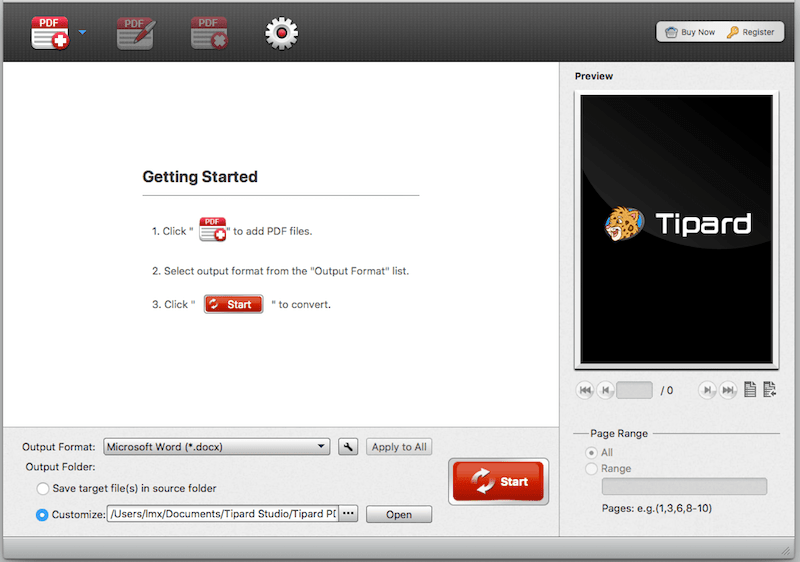


We tested three (and a half) popular OCR programs: ABBYY Finereader (and its Hot Folders option), Adobe Acrobat Pro, and Tesseract. We examined how well these programs recognize individual words and how well they handle page segmentation. For this project, we are not looking at the METS/ALTO XML standards for digitization projects, though we are hoping to explore this in the future.įor this study, we determined that we wanted to know how OCR programs facilitate searching and accessibility of documents in a repository or database, replicating how our users would interact with the documents online.

We are also currently scanning handwritten material, but that is outside the scope of this paper - our archivists are piloting a user transcription project for handwritten documents such as diaries. Some of our items are scanned in-house, and some scanning is outsourced. These PDFs are accessed by our users through our digital repositories such as Omeka, Open Journal Systems, and our institutional repository that runs on Digital Commons. Our Archives and Special Collections Team is interested in creating searchable PDFs from scanned, typed documents such as journals, newspapers, and books. We considered our digitization project needs. We wanted to be able to reproduce this method when we had a new type of material to digitize, and to re-run the test a few years in the future to determine if the “best” software had changed. We wanted to develop a reasonably simple method to evaluate software in a way that made sense for our digitization projects. Could we recreate a test used elsewhere? Many of the evaluative tests of OCR processes for digital humanities projects are time-consuming (for example, creating a ground truth document) and require significant expertise. We realized that relying on the results from previously published evaluations wouldn’t be helpful, as software continues to evolve: a study from five years ago may no longer be applicable. Gringel 20) or in-depth articles designed for digital scholarship projects, often with a heavy dose of computer science (e.g. Information about OCR in the literature tended towards quick blog posts (e.g. We started with a search for evaluations of OCR software. We wanted to make an informed choice and understand which program would best fit our needs. When we began digitizing material from our special collections and archives, we found that there were several popular software options for performing optical character recognition (OCR) recommended by our colleagues, but evaluation of their effectiveness for historical documents was anecdotal. This paper grew out of a need we experienced at the University of Western Ontario. By Leanne Olson and Veronica Berry Introduction


 0 kommentar(er)
0 kommentar(er)
